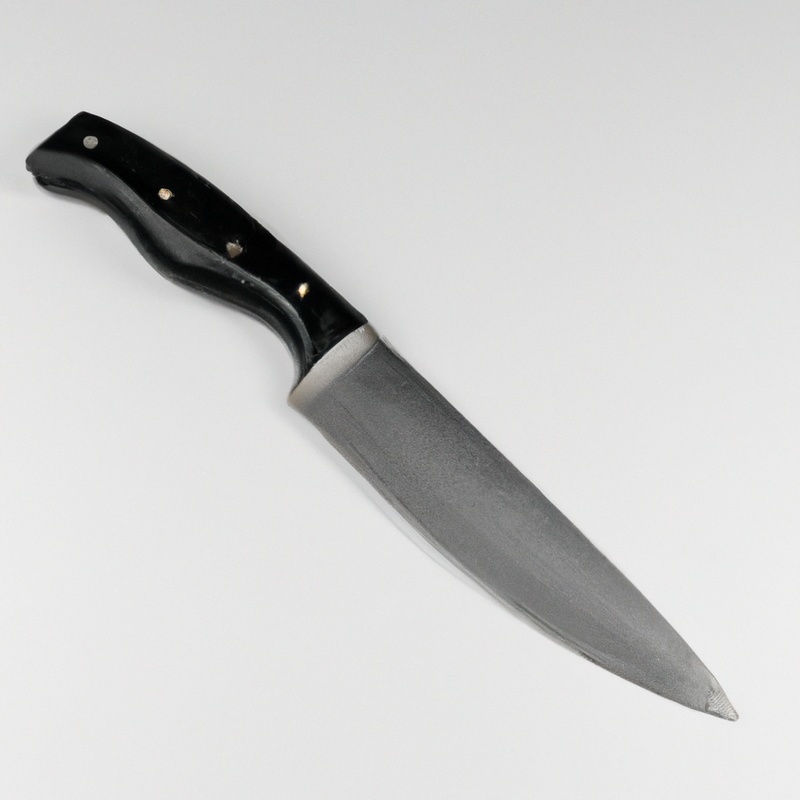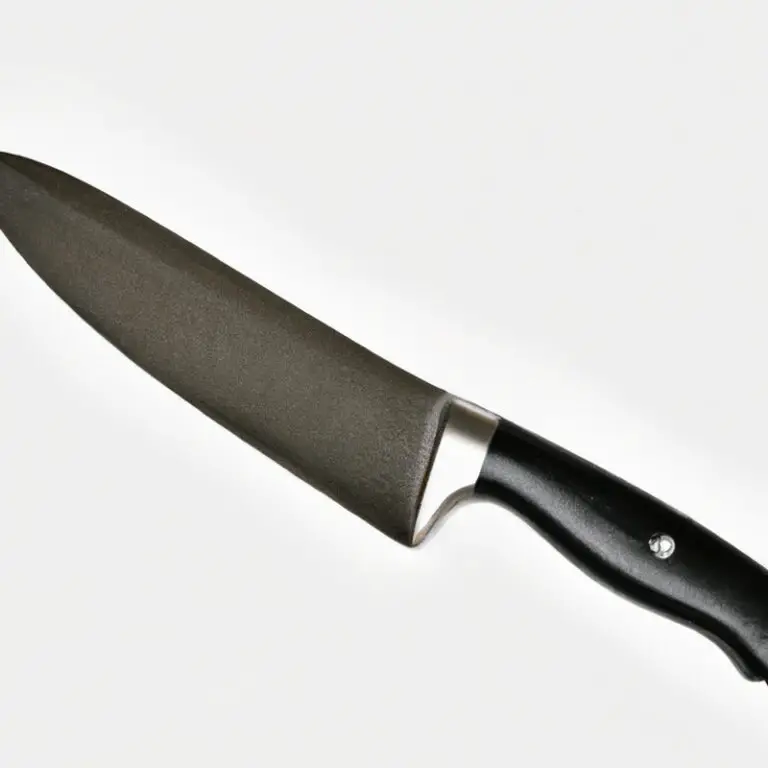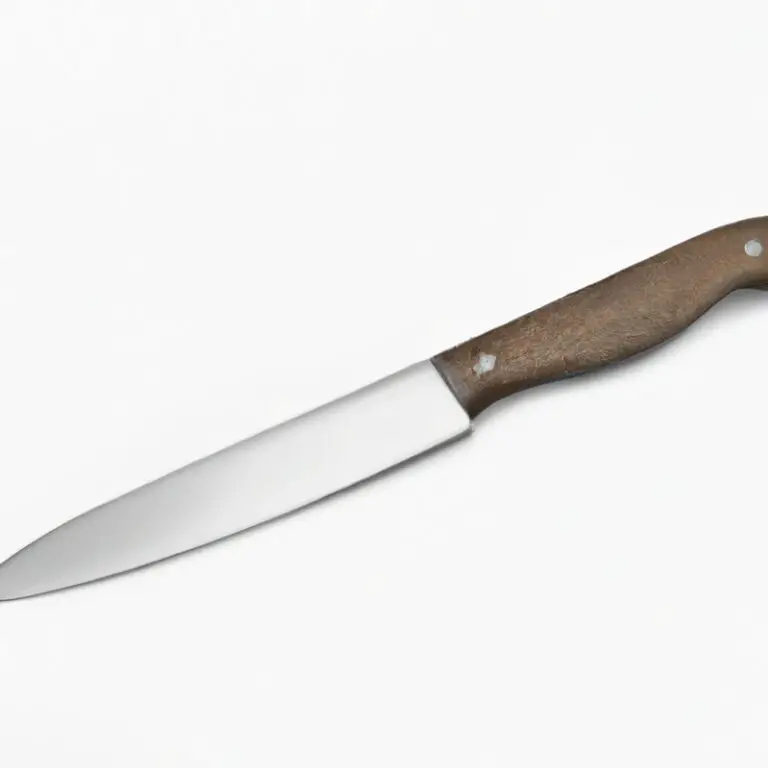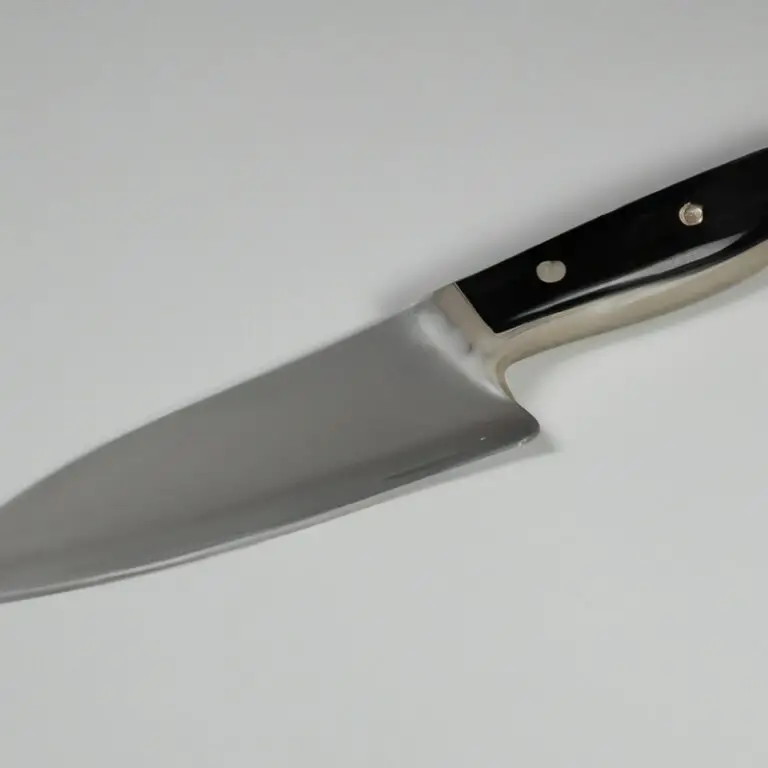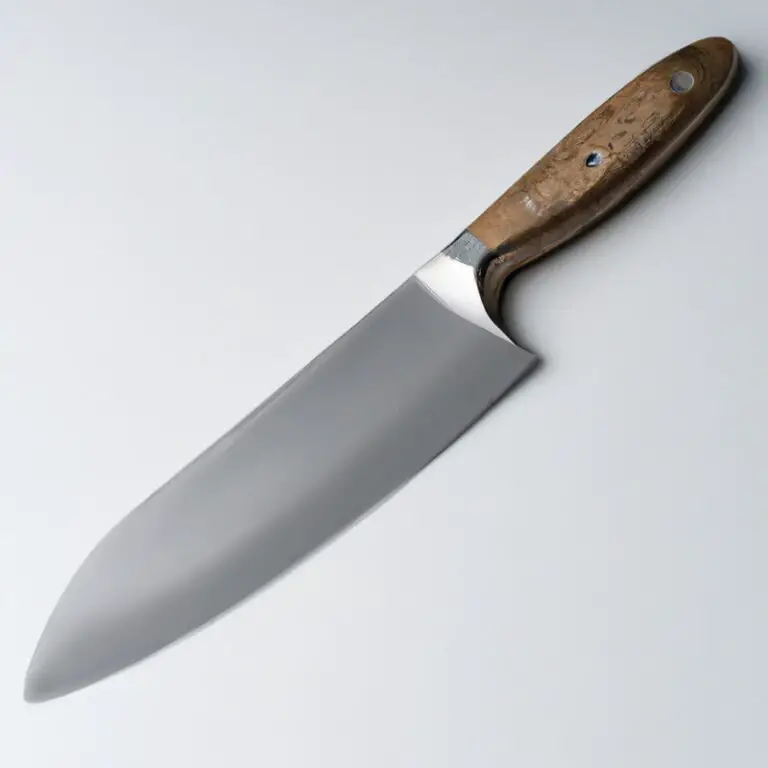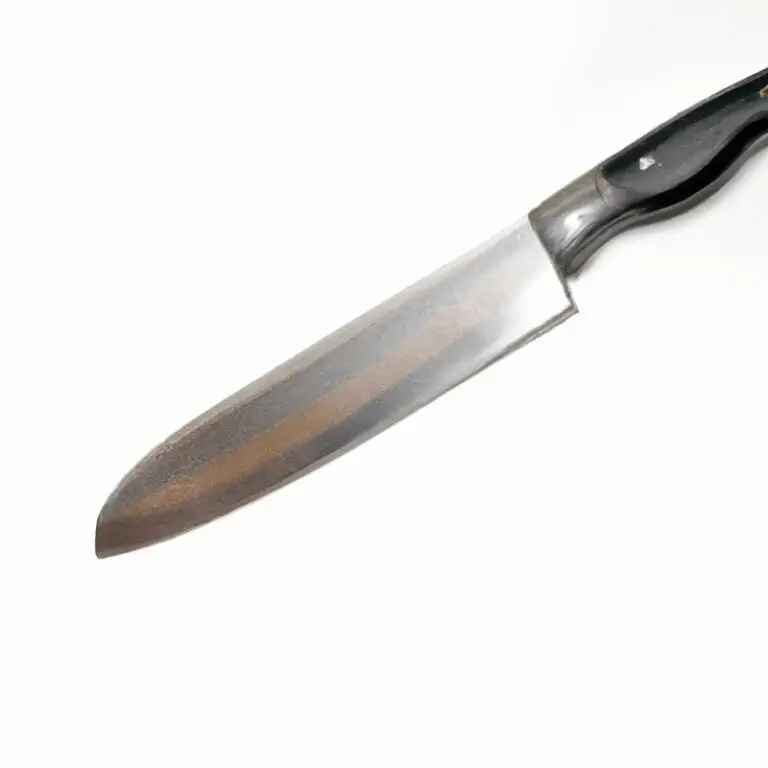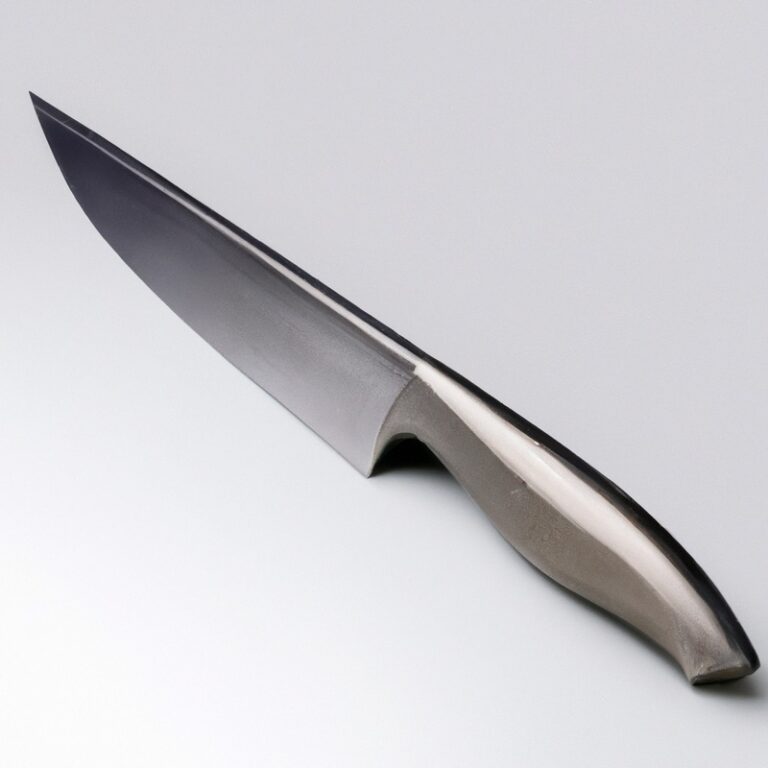How To Choose The Right Fillet Knife? Here’s What You Need To Know
Key Takeaways:
- Consider the blade material and size to ensure it is appropriate for the type of fish you will be filleting.
- Look for a comfortable and slip-resistant handle that allows for a secure grip and reduces hand fatigue.
- Choose a fillet knife with a flexible blade that can easily maneuver around bones and scales.
- Invest in a high-quality fillet knife from a reputable brand for long-lasting durability and reliable performance.
Are you tired of struggling with a dull or inappropriate fillet knife while preparing your fresh catch? Choosing the right fillet knife can be a game-changer for your next fishing trip.
With all the options available in the market, it can be overwhelming to find the one that fits your needs the best.
Fear not, as we have got you covered! In this article, we will provide you with expert tips to help you choose the perfect fillet knife for your needs. From blade size and material to handle design and blade shape, we’ve got it all covered.
So, let’s get started!
| Factor | Consideration | Preference |
|---|---|---|
| Blade Material | Carbon, Stainless steel or Ceramic | Carbon steel offers a sharper edge, but Stainless blades are easier to maintain |
| Blade Length | 6-9 inches long | Choose a size that fits the fish you are catching |
| Blade Flexibility | Varying levels of flexibility | Choose a level of flexibility that matches the fish you are catching and the technique (e.g., filleting, deboning) |
| Handle Material | Wood, Plastic, Rubber or Composite | Choose a material that offers a comfortable grip and durability. Avoid slippery handles when wet |
| Handle Design | Curved, Straight, or Ergonomic | Select the design that provides a comfortable and secure grip during use |
| Brand | Various | Select a reputable brand known for quality and durability |
| Price Range | Varying prices | Decide on a budget and select a knife that meets both quality and affordability standards |
Consider the Size of the Fish and Blade
When choosing a fillet knife, it’s crucial to consider the size of the fish and the blade. A small blade won’t work well for large fish, and a large blade will be cumbersome for small fish.
Choose a blade length that matches the size of the fish you plan to fillet.
Additionally, a thinner blade is better for smaller, more delicate fish, while a thicker blade is more suitable for larger fish with tougher bones. By considering the size of the fish and blade, you can ensure that your fillet knife is efficient and effective for your needs.
Choose the Ideal Blade Material for Your Needs
The blade material of a fillet knife affects its performance, sharpness, and durability. Stainless steel, high-carbon steel, and ceramic are the most common blade materials.
Stainless steel is budget-friendly, rust-resistant, and easy to sharpen.
High-carbon steel is harder and sharper than stainless steel, but it requires more maintenance. Ceramic blades are the sharpest, but also the most fragile and expensive.
Choose a blade material that suits your needs, budget, and skill level.
Remember to maintain your blade regularly to prolong its lifespan and performance.
Evaluate the Handle Material and Design
The handle of a fillet knife is just as important as the blade. When choosing a fillet knife, evaluate the material and design of the handle.
The handle should provide a comfortable grip and be slip-resistant.
Look for handles made from materials such as rubber, plastic, or wood. Avoid materials that can absorb moisture and become slippery, such as leather or bone.
The design of the handle should also be considered.
A fillet knife with an ergonomic handle will be comfortable to grip and reduce fatigue during use. A full-tang handle, where the blade extends into the handle, will be sturdier and offer better control than a partial-tang handle.
Overall, choose a fillet knife with a handle that fits comfortably in your hand and provides a secure grip.
A good handle material and design will ensure your safety and enable you to work efficiently and effectively.
Look for a Fillet Knife with a Flexible Blade
When looking for a fillet knife, it’s essential to choose one with a flexible blade. The blade’s flexibility allows it to move effortlessly along the contours of the fish, ensuring a clean and precise cut.
A less flexible blade may result in a less controlled cut, leading to unnecessary wastage of the fish or even injury.
Opting for a fillet knife with a flexible blade will also make it easier to fillet a variety of fish sizes, including smaller or thin fish. When selecting a blade, it’s critical to consider the right amount of flexibility for the fish you plan to fillet.
Furthermore, a flexible blade is much easier to sharpen and maintain, ensuring the knife remains in good condition and is long-lasting.
Check the Blade’s Sharpness and Edge Retention
A sharp blade is crucial when it comes to filleting fish. When selecting a fillet knife, it’s important to check the sharpness of the blade and its edge retention.
A dull blade can cause damage to the fish, make the filleting process longer, and even cause injury to the user.
Look for a knife made from high-carbon stainless steel as these offer excellent edge retention. Prior to purchasing a fillet knife, check the blade’s sharpness by running your finger along its edge.
If it feels dull or has nicks, it’s not suitable for filleting.
Sharpening your knife regularly will also ensure it remains sharp and is able to maintain its edge retention.
Decide Between a Manual or Electric Fillet Knife
When deciding between a manual or electric fillet knife, consider your personal preferences and needs. Manual fillet knives offer more control and precision, making them a better choice for smaller fish or intricate cuts.
Electric fillet knives are faster and better for larger fish or repetitive cutting, but they require an electrical outlet and may not offer as much control.
Ultimately, the decision between a manual or electric fillet knife depends on the type and size of fish you’ll be filleting and your personal preference for speed or precision.
Determine the Right Blade Shape for Your Purpose
When it comes to choosing the right blade shape for your fillet knife, it’s essential to consider the type and size of fish you’ll be filleting. A narrow blade with a pointed tip is suitable for smaller fish, while a wider blade with a rounded tip is better for larger fish.
Further, consider the blade’s curvature, as it plays a crucial role in its cutting ability.
A more curved blade will have more maneuverability and is suitable for cutting around bones and filleting small fish with ease. However, a flatter blade is better for larger fish as it provides a more even cut.
Ultimately, the right blade shape boils down to personal preference, but understanding the type of fish you will be filleting is key to selecting the perfect blade shape.
Think about Storage and Maintenance of the Fillet Knife
To ensure the longevity and performance of your fillet knife, proper storage and maintenance is crucial. After use, always clean the blade and handle with soap and water, then dry thoroughly to prevent rust and buildup.
Avoid harsh chemicals or abrasive materials when cleaning, as this can damage the blade and handle.
It’s recommended to store your fillet knife in a sheath or blade guard to protect the blade and prevent accidental cuts. Keep it in a dry, cool place away from moisture and direct sunlight.
Regular sharpening is important to maintain the blade’s edge.
Use a sharpening stone or honing steel to maintain the sharpness, and be sure to follow the manufacturer’s recommended sharpening angle. By properly storing and maintaining your fillet knife, it will last longer and perform better, ensuring a hassle-free fishing experience.
Check If the Fillet Knife Comes with a Protective Sheath
It is essential to check if the fillet knife comes with a protective sheath when purchasing one. A protective sheath not only prevents the blade from damaging and dulling but also ensures safe storage and transport.
Some fillet knives come with a sheath, while others require purchasing separately.
Therefore, it is vital to consider the availability and cost of a protective sheath before buying a fillet knife. Make sure to prioritize knives that come with a protective sheath for convenience and longevity of the blade.
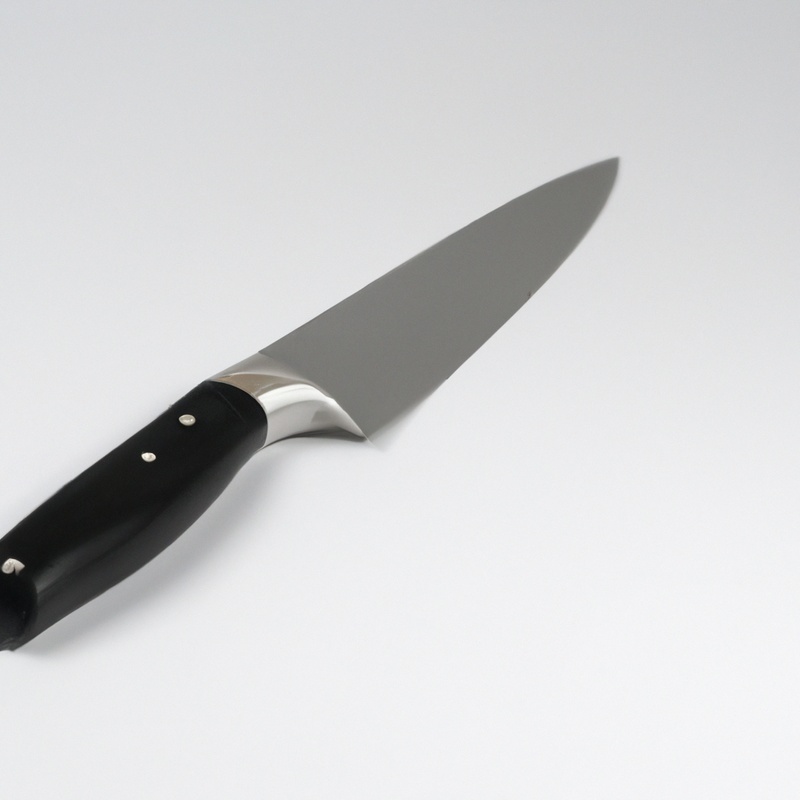
Choose a Fillet Knife within Your Budget Range
When it comes to choosing a fillet knife within your budget range, there are several options available in the market. It’s important to determine your budget before making your purchase.
Fillet knives can range from inexpensive to more expensive, and you don’t want to overspend on a knife that won’t meet your needs or underspend on one that won’t last long.
One way to find a good fillet knife without breaking the bank is to do your research and read product reviews. Customers’ experiences and opinions can be valuable in determining a knife’s quality and performance.
Additionally, consider purchasing from reputable brands that offer affordable options within your budget range.
Another option is to prioritize the features that are most important to you. For instance, if the blade’s sharpness and flexibility are critical to your needs, focus on finding a quality blade within your budget.
Finally, remember that a higher price tag doesn’t always equate to better performance or quality.
Be sure to balance your needs and budget when making your purchase.
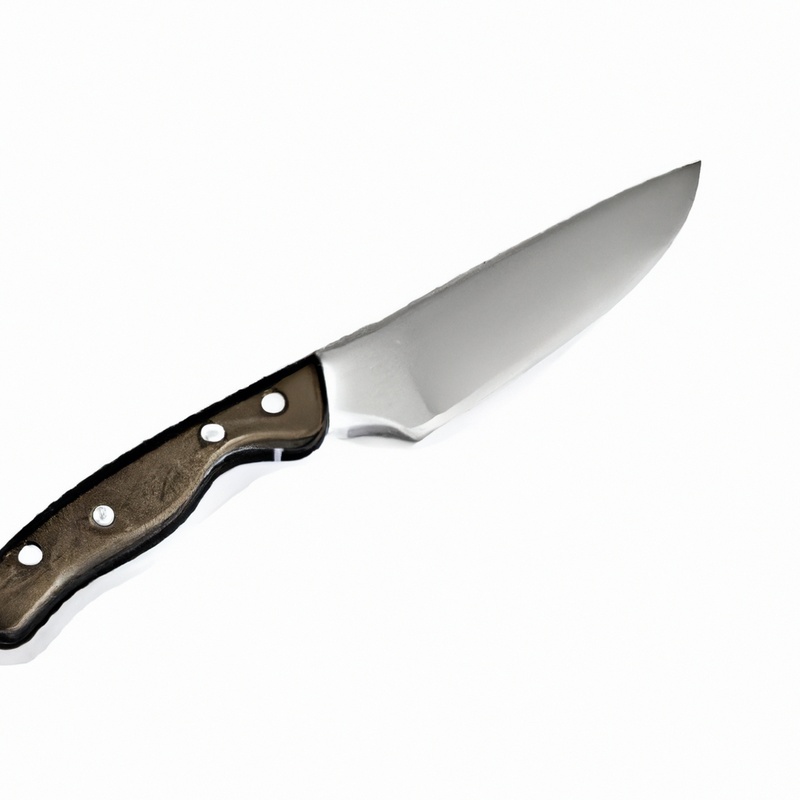
Final Verdict
Choosing the right fillet knife can make all the difference when it comes to preparing your catch. As an expert in the field, I recommend considering the size of the fish and blade, choosing the ideal blade material, evaluating the handle material and design, looking for a flexible blade, checking sharpness and edge retention, deciding between manual or electric, determining the right blade shape, thinking about storage and maintenance, checking for a protective sheath, and choosing within your budget range.
By following these guidelines, you can ensure that you have a fillet knife that is not only functional, but also durable, flexible, and easy to use.
With these tips in mind, you can make an informed decision and choose the best fillet knife for you, and enjoy the satisfaction of a job well done in the kitchen or on the boat. Trust in my expertise and take action today to improve your filleting skills and make your next fishing trip a success.

